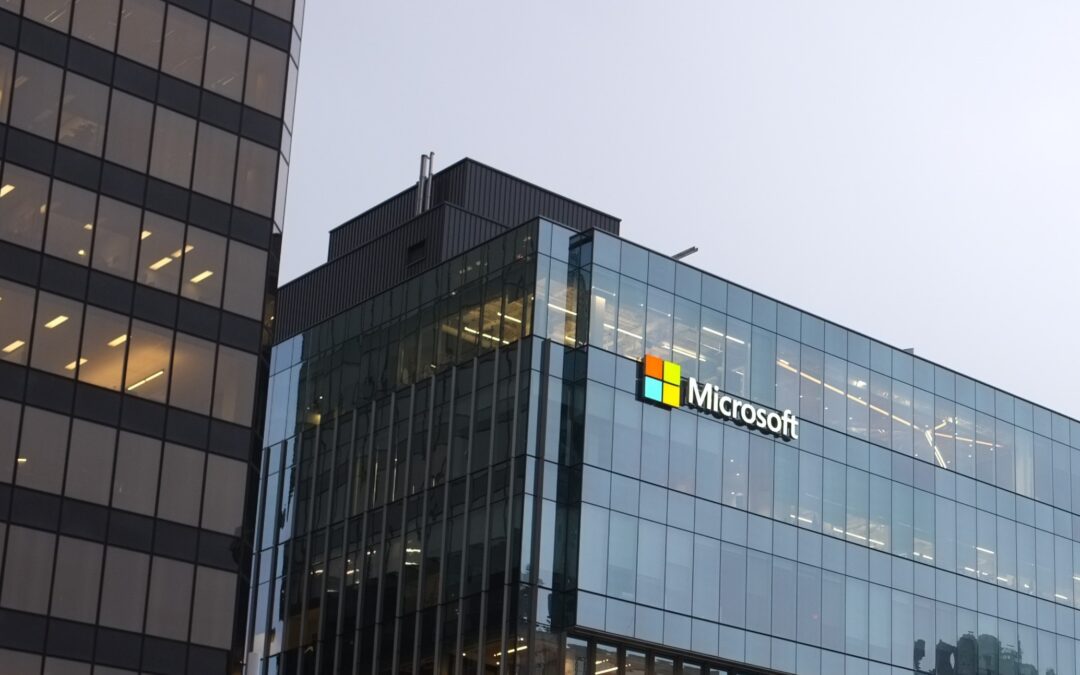
Restoring ecosystems with solar panels
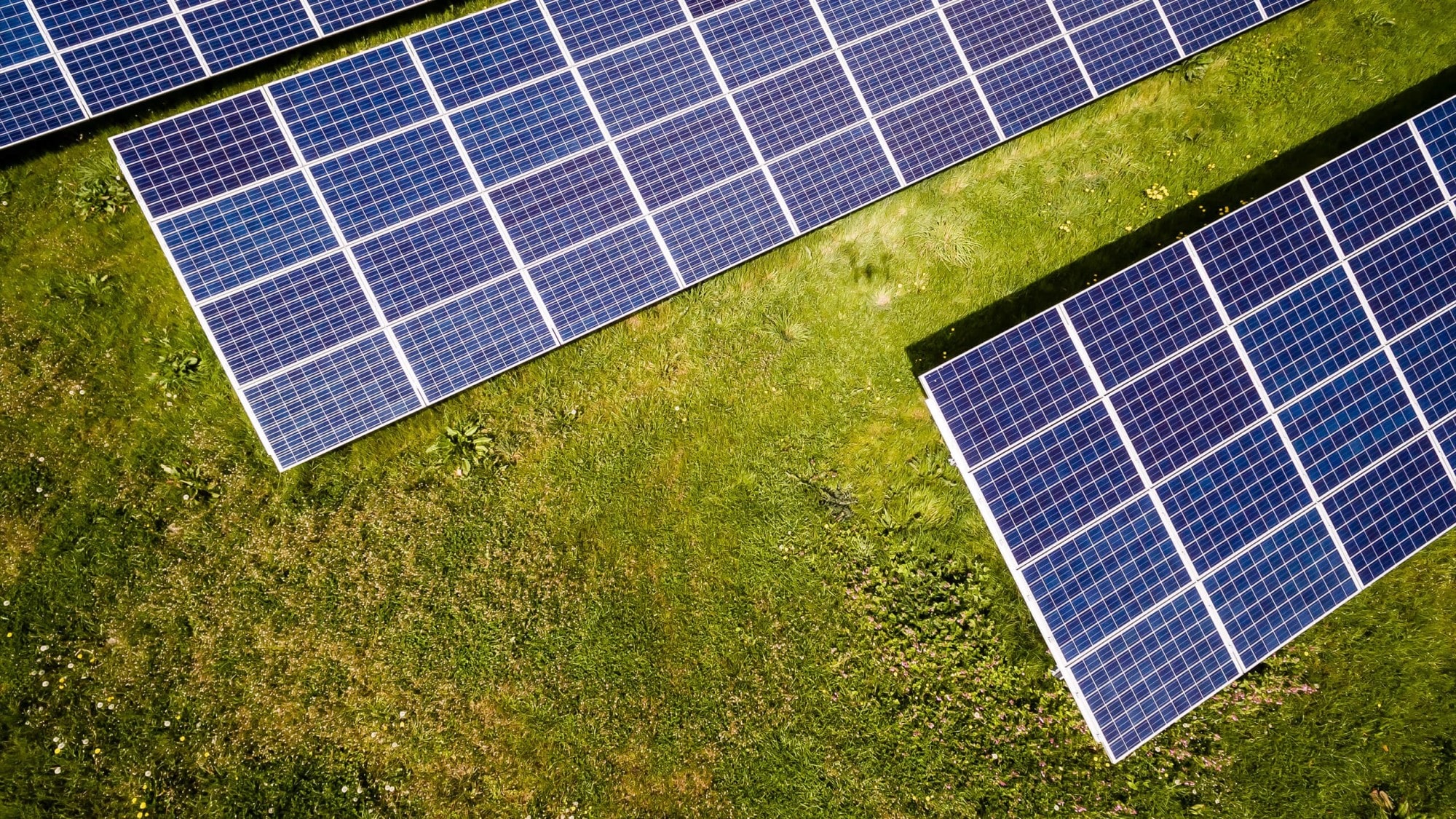
Most recent
Solar panels are a crucial part of decarbonizing our environment. But, they also pose a risk to local ecosystems.
Ecologists claim that solar farms can bring damage to local ecosystems. But in recent years studies have suggested that solar panels can also be a force for good. How do solar panels impact biodiversity and how can they contribute to their immediate environments?
Solar panels harm biodiversity
In 2010, a study revealed that solar panels can have negative implications for aquatic insects. Researchers found that aquatic insects mistake the shiny blue solar panels for water. Scientist at the United States Department of Energy’s Great Lakes Bioenergy Research Centre in Michigan, Bruce Robertson, told the Guardian, “The effect of solar panels on populations of aquatic insects has not yet been researched.” Elaborating that despite the lack of research, placing large quantities of solar panels near lakes and rivers will cause harm to local insects, potentially decreasing their populations as the insects gather across these waters to procreate and lay eggs. Researchers call them “ecological traps”, that can cause irreversible damage to natural habitats. Breaking down some of its reflective properties through enhanced grid layouts or white borders would persuade insects to fly elsewhere.
In 2016, reports highlighted a California-based concentrated solar farm that set ablaze upwards of 6,000 birds a year. Birds fly into the heated solar beams and burst into flames. NRG Energy Inc., the operator of the 390-megawatt solar plant has been experimenting with several techniques to decrease bird casualties but has yet to find the most effective solution. One of the methods it has introduced was replacing flood lights with LEDs, which are known to attract few birds and insects. The mirrors have been rearranged to reduce exposure to the birds. The frame of the tower has been fitted with speakers that mimic shrieking noises. The Ivanpah Solar Plant is an extreme example, but it symbolizes the next challenge for the renewable energy industry as to how best to integrate its solutions without harming local ecosystems.
A researcher at the University of California, Santa Cruz, Karen Tanner, found that without proper integration in local ecosystems, solar panels can disrupt local ecosystems. Large solar farms span many square miles, which prevents sunlight from reaching once-exposed organisms. Additionally, they prevent rainfall from reaching the surface. Jeffrey Lovich’s research at the United States Geological Survey referred to concentrated solar farms which incinerate birds and insects. Vox highlights the cost-cutting measures employed by operators, who opt for gravel, dirt, or grass as bedding for the solar panels. These soils amplify the reduction of living space for insects and fauna.
Research required
In August of 2021, a study conducted by the University of Wageningen Environmental Research department found that just 3 in 25 solar parks in the Netherlands were properly installed to prevent damage to biodiversity. As the country is planning to exponentially increase the number of solar farms, the need to investigate the environmental impact is growing. Ecologist Friso van der Zee explained that the densely populated country is already facing massive declines in biodiversity and the impact of solar panels has been limited. The research will help in creating the right designs and schemes to protect not only wildlife but also its underlying soil and agriculture.
One of the main concerns the researchers found is the fertilized soil that remains after agricultural activities. According to the university, there are only a handful of plants that can survive under these harsh soil conditions. The researchers, therefore, recommend the soil return to lower levels of fertilizer remnants. This will allow for more plant species to grow. Plants that are mown and their cuttings removed over a span of 5 years, showed the highest rates of biodiversity.
Additionally, the orientation can help prevent habitat loss and subsequent losses in biodiversity. Friso van der Zee explained, “Research has shown that the more room there is between these tables, the greater the biodiversity. A high number of plant species is possible starting from about two meters between the rows if well managed.” East-west-orientated solar panels showed the lowest levels of biodiversity as they blocked the highest amount of sunlight. Van der Zee added that municipalities should demand biodiversity management outlines when granting new solar farm projects to be built. Biodiversity schemes should be incorporated in project proposals, according to Van der Zee.
Restoring honeybee populations with solar panels
In 2019, Scientific American reported solar farms could be used to restore bee and butterfly populations. In 2017, Pine Gate Renewables started to plant wildflowers at its 41-acre solar facility. The solar farm symbolized the growing awareness among operators to restore ecosystems at their sites. However, the scientific magazine highlighted that just scattering wildflowers across every nook and cranny of a solar farm will not result in habitat restoration. The necessary types of plants and flowers to attract wildlife will have to be investigated, honoring the flora native to the area. Senior pollinator conservation specialist at the Xerces Society for Invertebrate Conservation, Sarah Foltz Jordan told Scientific American that restoration efforts often embed a limited variety of “seed mixes”. Jordan explained that whilst the seed selection will be aesthetically pleasing, they don’t do much for pollinators.
This sounds like much necessary progress at first glance, but the wide adoption of habitat restoration schemes is hampered by a lack of evidence that diverse plant layouts indeed restore bee and butterfly populations, compared to traditional grass and gravel solar farms. An entomologist at Cornell University, Scott McArt said, “We don’t have the data to say whether meaningful changes occur at a broad scale just due to solar sites.” McArt added that a three-year collaboration between Cypress Creek Renewables and Cornell might deliver the necessary data that will reveal the impact of habitat restoration efforts at solar parks.
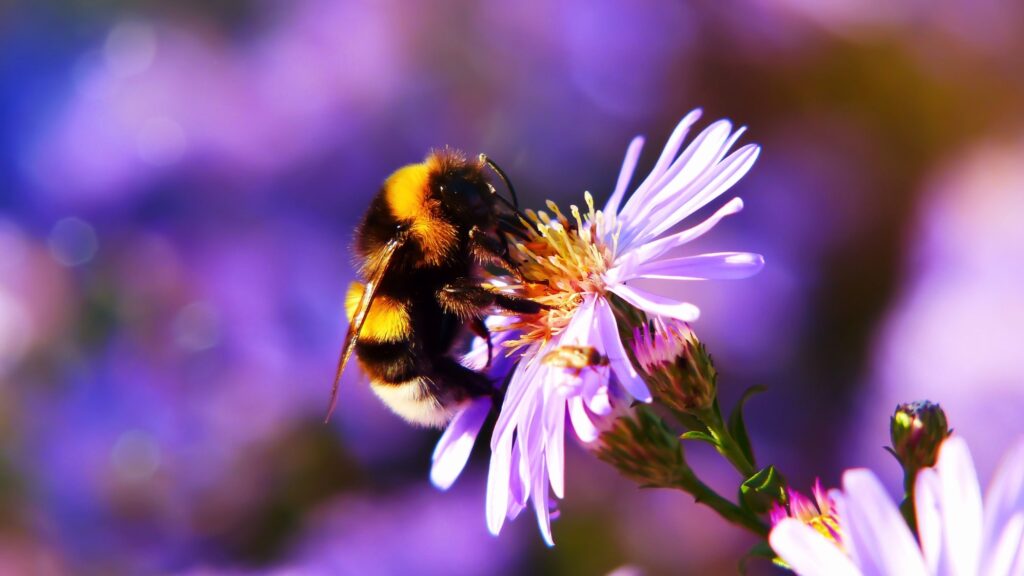
In December 2021, a study published by researchers at Lancaster University discovered that by sowing wildflowers along solar panels, the areas can be beneficial to pollinators. A researcher at the university, Hollie Blaydes, told The Guardian, that its findings show that by properly managing vegetation at solar farms, the area can serve as a suitable habitat for bumblebees. She argued that flower integration at solar farms is an easy fix to maintain bumblebee populations. Blaydes says the expansion of solar panels across the landscape doesn’t necessarily mean habitat destruction, she says that a minor 5 percent of the land is “disturbed” by these infrastructure projects. As these projects are oftentimes installed in areas where bumblebee habitat loss has already occurred, they can be repurposed to restore the insect’s population.
In May 2022, Solar farm operator Alight spoke to a researcher at the Swedish University of Agricultural Sciences, Tobias Emilsson, about how renewable energy can be a force for the better, in particular wild bees. Emilsson explained that solar farms are a novel form of “land”, which have an impact on local ecosystems and biodiversity. But instead of seeing it as a destructive aspect, combining new forms of land with the installation of solar panels, such as the integration of seed mixtures, dead wood, or water, all help ensure biodiversity. He elaborates that during the planning phase of a new project, mapping the current ecosystems is necessary. As of today, limited information is collected about the planned sites.
Guidelines for ecosystem restoration
In the same month, Solar Energy UK launched its Natural Capital Best Practice Guidance which has to preserve biodiversity during the installation of solar panels. The organization cites the State of Nature report, which found that across the United Kingdom, 60 percent of wildlife species have faced declines since 2019, with 15 percent near extinction. The reasons are pesticide usage and loss of habitat. Solar Energy UK believes that through proper solar farm installation, biodiversity levels can be restored and wildlife populations preserved. CEO of Solar Energy UK, Chris Hewett, said in the news article, “Land management is a central part of the solar industry. In the UK, we now have growing evidence that wildflowers, pollinators, and bird species are thriving on solar farms.” He believes that through its proposed guidelines, solar farms can play a vital role in restoring Britain’s wildlife.
Solar Energy UK has laid out several best practices that include how to recover land from intensive agricultural usage, an issue that was pointed out by researchers at Wageningen University as well. Furthermore, its guidelines explain how solar farm operators can help preserve the natural environment and get community buy-in. As a reference, the organization refers to the Sawmills solar farm project, a 6.6 MW plant in Devon, that, following the proper guidelines, restored wildlife populations. Over a period of six years, from 2015 to 2021, increases in bird and invertebrate populations were measured.
Biodiversity restoration has also been detected at the 18,8 MW strong Boxted Airfield solar farm. A survey was conducted and gathered in the “Biodiversity Management Plan”, outlining the different steps necessary to increase insect populations. The plan included 5 designated areas for clay-tolerant wildflowers, such as cornflowers, marigolds, and the yellow rattle. Two bug hotels were created from discarded pallets. Over a period of 4 years, from 2017 to 2020, the surveyors witnessed significant increases in bumblebee and butterfly populations.
Investing in eco-friendly solar panels
Restoration efforts are necessary to stabilize biodiversity at solar farms. Due to urbanization and agriculture, many of the once luscious grounds native to pollinators and other wildlife have been destroyed. This resulted in severe declines in bumblebee and butterfly populations. Rethinking how solar panels are constructed and placed in relation to their surroundings, can turn them into fertile grounds once again. Some solar farm operators now seem to try to one-up each other in a bid to become the best habitat restorers. European energy company Vattenfall announced it would be investing € 50 million ($51 million) to improve biodiversity for its solar farm projects. The company said engineering teams would investigate solar panel placement to ensure plants receive the optimal amount of sunlight. Business Lead Large Scale Solar at BU Solar and Batteries, Annemarie Schouten, explained that installing solar farms oriented towards the south, will optimize “light yield”, allowing for enough sunlight to pass through for plants to grow.
In June 2022, developers of the yet-to-be-constructed Swallowtail Solar Farm in Bartholomew County, Indiana, announced they would become the largest “pollinator garden” in the United States with its incorporation of pollinator-specific plants. Senior Project Development Manager for Arevon said in the press release, “We always work to maximize the community and environmental benefits of our projects. At Swallowtail Solar Farm, we can create important wildlife habitat and improve soil health while generating clean electricity and economic growth.” Adding that turning the solar farm into the largest pollinator garden is one of the key objectives for the team involved. Eric Riddle of Friends of Pollinator Parks and the Sierra Club Winding Waters Group, elaborated by stating that ecological conservation should be an integral part of solar projects. But biodiversity conservation efforts offer more than just habitat restoration.
For solar farm operators, adding more greenery can help bring operational costs down in the long term. The upfront investment might be higher compared to just dumping an unsightly amount of gravel or laying down a sea of grass when building a solar farm. However, proper seed mixes require less maintenance as they don’t have to be maintained, and the flora will create an additional cooling effect that will optimize solar panel efficiency.
Further reading

Morocco’s mission to become a solar powerhouse
Morocco has great ambitions to become a net solar exporter. How does the country plan to achieve these incredible...

SolarDuck’s mission to scale offshore solar
Start-up SolarDuck wants to demonstrate that offshore solar energy can unlock the doors to scaling renewable...
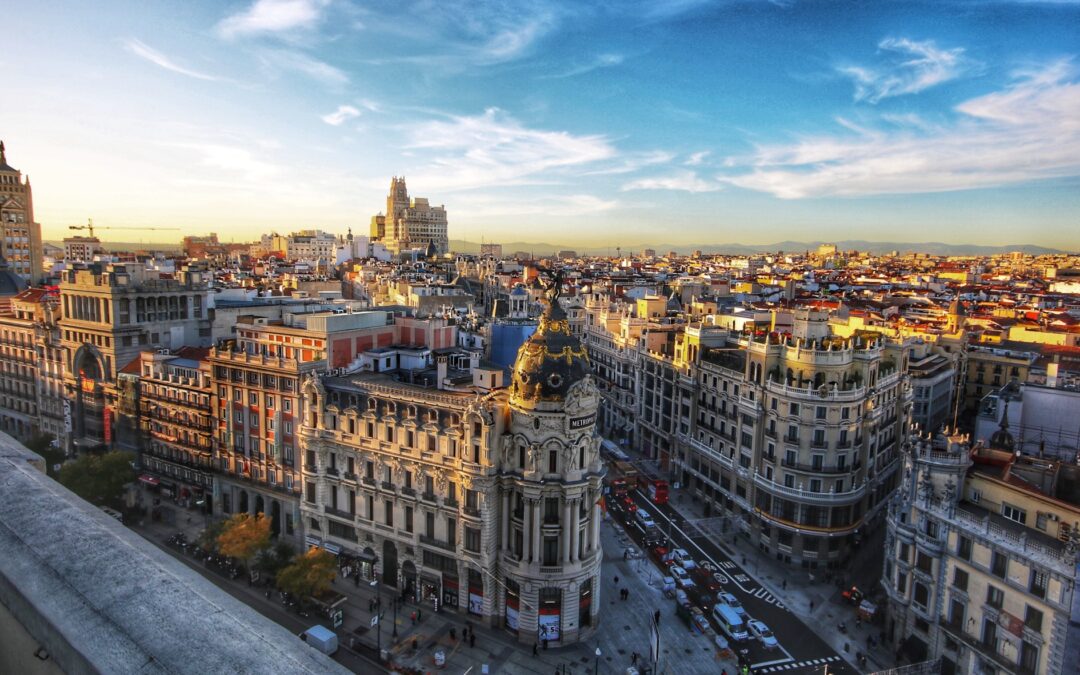
Spain’s struggle to adopt solar power
After several crucial policy missteps, sunny Spain is struggling to get solar power off the ground. The sunny...
Most recent

How Myanmar lost 30% of its forest in 30 years
Myanmar is seeing deforestation rates increase rapidly. In the last three decades, the country already lost 30 percent...
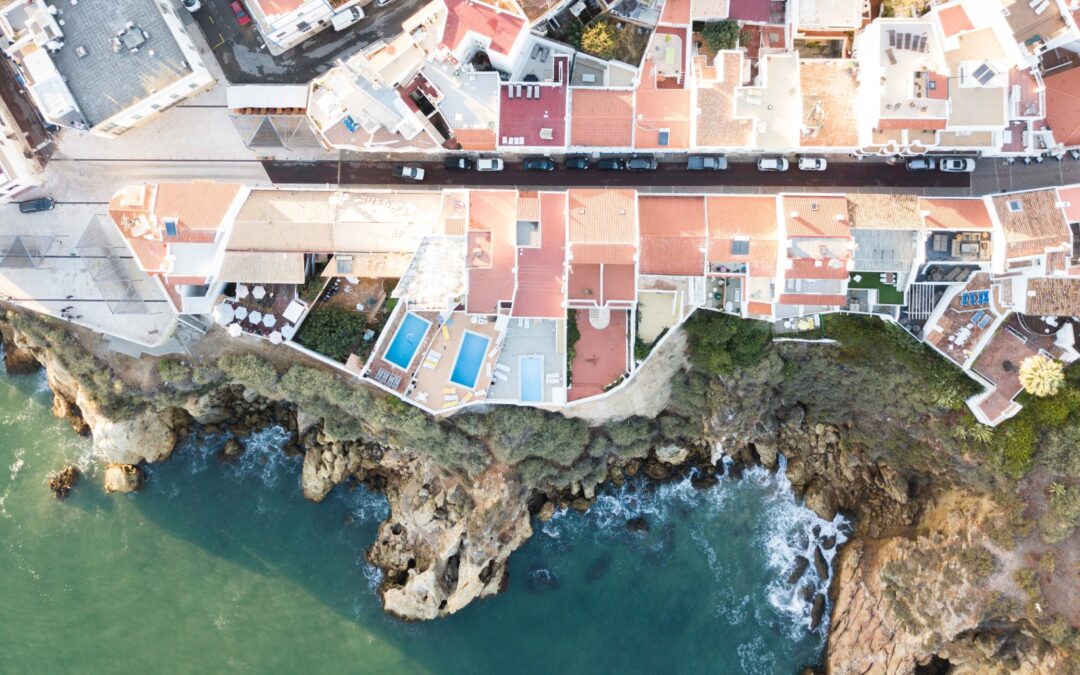
Portugal’s struggle to part with fossil fuels
Portugal is heavily reliant on fossil fuels and its love affair with the fossil fuel industry makes transitioning to...
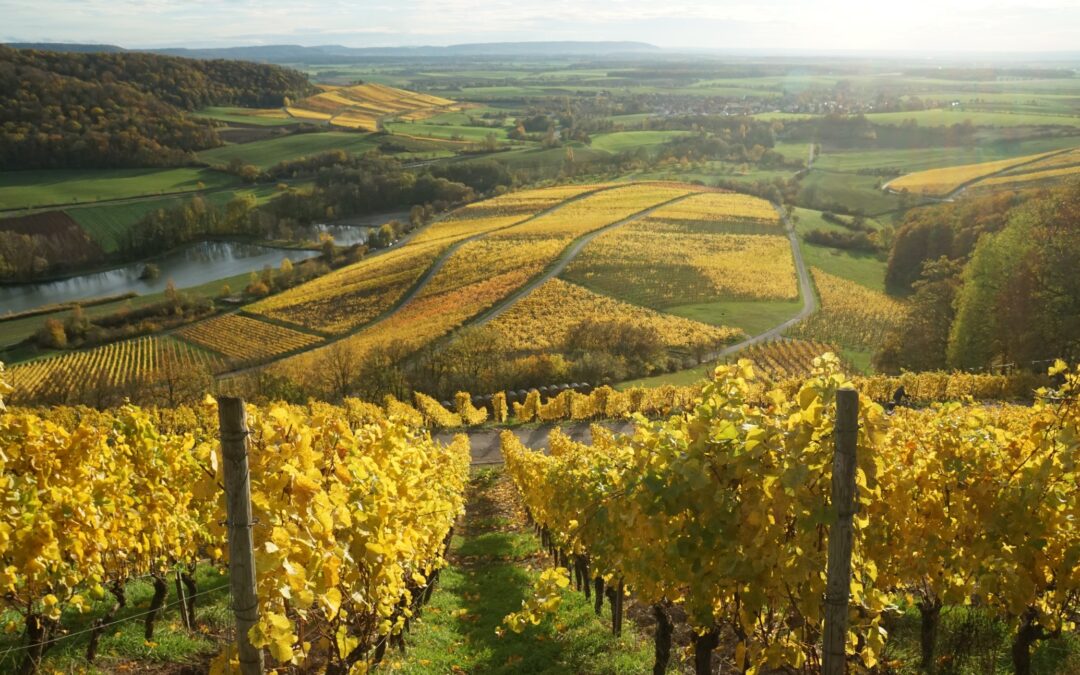
Climate change spells uncertain future for winemakers
Winemakers ride into an uncertain future as climate change spells greater uncertainty for their businesses. Climate...

